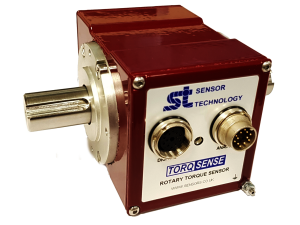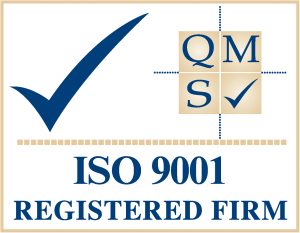If the economic climate of the last few years has taught us anything it is that UK manufacturers cannot rely on the domestic market alone, they must make every effort to maximise exports. Tony Ingham of Sensor Technology says manufacturers must export, but they have to hedge all bets to mitigate the risks.
In business it  is all too easy to close your eyes to difficult truths and hope they will resolve themselves before they affect you. Many UK manufacturers fell into this trap last year over the Euro.
is all too easy to close your eyes to difficult truths and hope they will resolve themselves before they affect you. Many UK manufacturers fell into this trap last year over the Euro.
Europe is a key export market for most British producers, which generates considerable overseas earnings for UK plc and helps stabilise the national economy. But last year its currency, the Euro, wobbled alarmingly.
As it turned out catastrophe was averted. We can speculate whether its recovery was luck or judgement – but that is not really relevant. What should be understood is that the Euro may have further troubles ahead and they may be worse the next time around.
In fact this is the application of the simple prudent business principle of always at least considering the worst case scenario.
However, I can think of no manufacturer who is in a position to say, ‘we are going to pull out of Europe and concentrate on other markets’. It has probably taken years to establish some European customers and they probably want to continue the relationship – which is great if there is a viable currency.
The answer is of course that each company needs to export to a number of different regions, ideally in relatively even proportions so that they are not over exposed to any one currency. This is obviously expensive, difficult and time consuming to set up – it has taken Sensor Technology a couple of decades and we have always been export-oriented.
So let’s summarise the salient points for each region:
Western Europe – Well established, easy to travel to and in; generally free from corruption; generally welcoming, especially to EU members; works largely to EU rules and regulations. But has not seen structured growth for some years; currency is a latter day construction, the foundations of which are now known to be weaker than expected.
Central and Eastern Europe – Emerging markets exhibiting strong and sustained growth; hungry for modern technology which it is able to support with qualified people and distribution/service infrastructure. However payment may be slow/difficult, corruption may occur.
North America – Enormous and sophisticated economy, low language barrier, is high tech. But is continuing to struggle against global competition, tends to be insular, prefers Imperial measurements, has trade links with Pacific/Asian countries as well as Europe.
China/Asia – Economy is booming and looks set to continue for decades to come (although there will be peaks and troughs), is very keen on technology and automation, enormous population is becoming economically active. However, cultural differences require considerable study, transport infrastructure is far from complete, legislation and regulations can be a minefield, no common language, corruption possible.
South America – Brazil is developing apace and other countries can be expected to follow in time. Like Asia, large population but poor infrastructure. Therefore pockets of development around large established cities. Trades in US dollars and speaks Spanish/Portuguese, but political stability is not always certain.
The conclusion is that UK manufacturers must put every effort into export, and find as many support mechanisms as possible, including local distributors, export guarantees/insurance, exploration visits, help from trade associations, trade councils etc. Exporting isn’t easy and it won’t make you rich, but it is quite simply a necessity.





